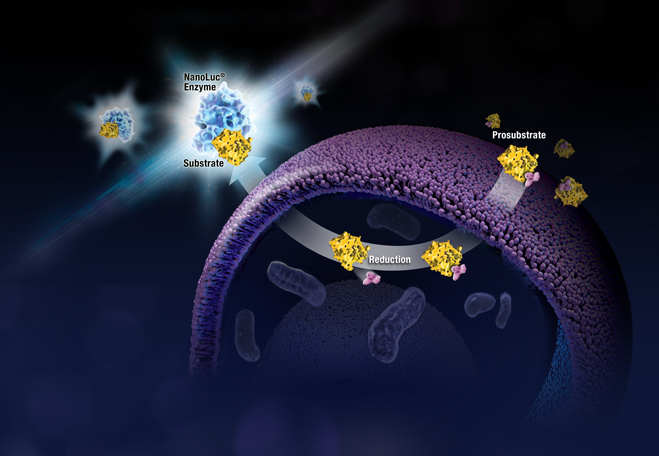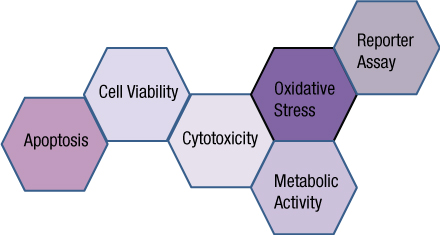Originally posted May 25, 2017. Updated 2022
You are studying the effects of a compound(s) on your cells. You want to know how the compound affects cell health over a period of hours, or even days. Real-time assays allow you to monitor cell viability, cytotoxicity and apoptosis continuously, to detect changes over time.

Why use a real-time assay?
A real-time assay enables you to repeatedly measure specific events or conditions over time from the same sample or plate well. Repeated measurement is possible because the cells are not harmed by real-time assay reagents. Real-time assays allow you to collect data without lysing the cells.
Advantages of Real-Time Measurement
Real-time assays allow you to:

